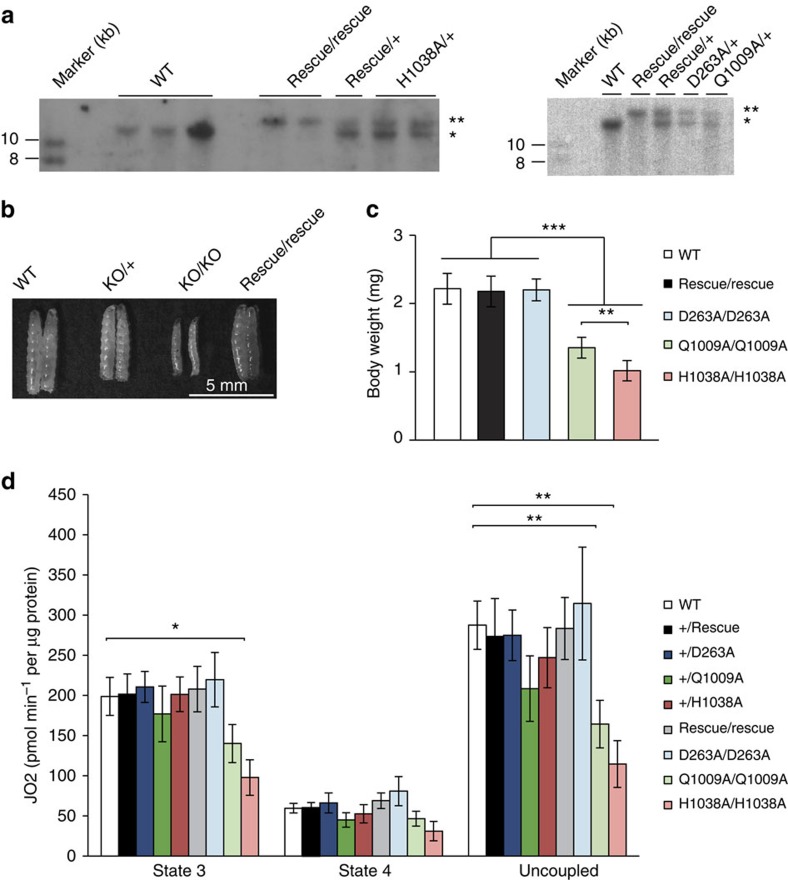Figure 3. Phenotypical characterization of the genomically engineered DmPOLγA exo− and pol− flies.
(a) Verification of precise re-integration of tamas allelic variants by Southern blot analysis. Restriction of genomic DNA with XhoI generated a ∼12.1 kb band in wild-type allele (one asterisk) and ∼15 kb band in the mutant DmPOLγA alleles ('**' indicate replacement alleles: Rescue, D263A, Q1009A and H1038A). A DmPOLγA cDNA was used as a probe. Total DNA was extracted from adult flies. (b) Comparison of body size between wild-type, heterozygous (KO/+) and homozygous DmPOLγA knockout (KO/KO) and homozygous rescue larvae. Re-introduction of the WT allele (rescue) to the genomically engineered DmPOLγA locus rescued the phenotypes of the knockout larvae. Scale bar, 5 mm. (c) Quantification of the body weight of genomically engineered DmPOLγA homozygous larvae. Homozygous DmPOLγA Q1009A and H1038A larvae were significantly smaller than the wild-type (WT), rescue and D263A larvae. Tukey's Multiple Comparison Test. ***P<0.001, **P<0.01. Error bars represent s.d. n=20. All indicated genotypes correspond to 5-day-old homozygous larvae. (d) Respiratory chain function. Oxygen consumption rates of 5-day-old larvae were measured under phosphorylating (state 3), non-phosphorylating (state 4) and uncoupled conditions and normalized to total protein content. Data represent two to three independent experiments. Mann–Whitney test, two-tailed. **P<0.01, *P<0.05. Error bars represent s.d. n=4.

